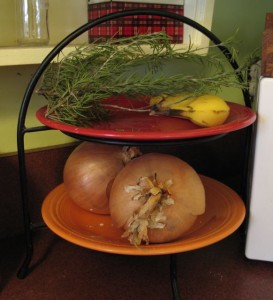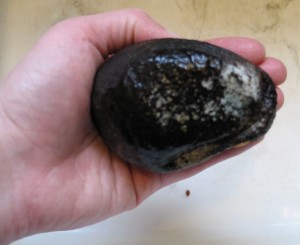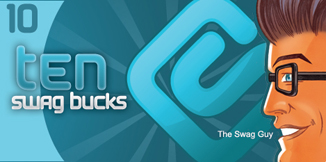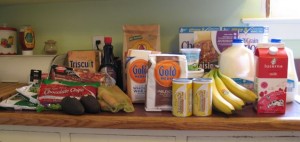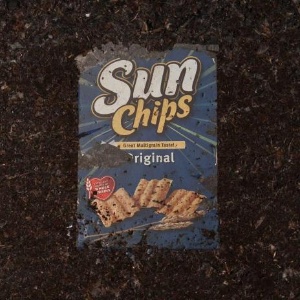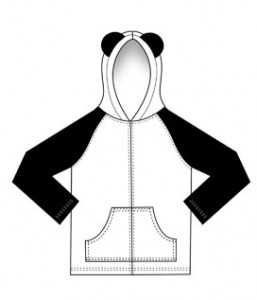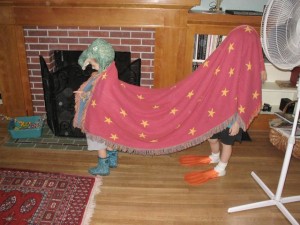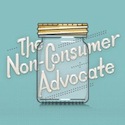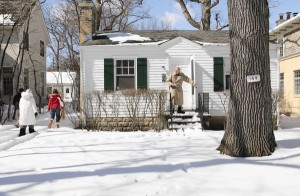
Modest home of "The Secret Millionaire"
I spent an hour or so the other day slogging my through the 968 e-mails that were causing my inbox to bulge at the seams. (Is there such thing as an e-mail hoarder) In doing so, I came across a few links to articles sent in by readers that I wanted to share with the Non-Consumer Advocate community.
Secret Millionaire Donates Fortune to Lake Forest College
The subtitle of this article is “Woman who lived frugally donates $7 million to Alma Mater” so you know it holds a special place in my heart. (Seriously, this is my not-so-secret fantasy.)
Grace Groner, A.K.A. the “secret millionaire” recently died at age 100, and lived a long and stripped down life.
“She got her clothes from rummage sales. She walked everywhere rather than buy a car. And her one-bedroom house in Lake Forest held little more than a few plain pieces of furniture, some mismatched dishes and a hulking TV set that appeared left over from the Johnson administration.”
Groner, a Lake Forest college alumn, bought three shares of Abbott stock in 1935 that did, ahem, very well, and seems to have always reinvested her dividends. This appears to be the sole source of her wealth of riches.
One could debate how she lived her life, but essentially she is the poster child for the simple living/ frugal tenet of live beneath your means. (Perhaps Nicolas Cage needs to take a page from her book?)
I have noticed that the “secret millionaires” that crop up in the news from time to time tend to have never married or had children. And I am going to use the excuse of my family to explain away why this story is not about me. Yeah . . . that’s the ticket.
Thrift Shift: Value Village Rebrand as a Chic-Alt Winners
NowToronto ran interesting article about how some thrift stores are shifting away from serving the low income population towards supplying hipsters who buy with an eye for resale, as well as the well to do who scout for designer bargains.
“Retail experts point to a new conscious, ideological frugality that’s made second-hand virtuous. ‘The [market] for this type of retail offering is no longer [coming] from a place of need,’ says Frances Gunn of Ryerson’s Ted Rogers School of Retail Management. ‘We’re looking at a customer who is oriented to personal style.’ “
The article also looks at Goodwill, whose philosophy differs from a traditional for-profit retail operation.
“We’re a lot more than a thrift store,” says Brian Kellow, Goodwill’s director of external relations. “We enable people with limited disposable income to participate in consumer culture,” he says, explaining that money from sales in his non-profit stores gets recycled into job creation, training and education.
The whole article makes me want to jump off the couch and participate in a little Goodwill hunting, but my clutter issues say otherwise.
How Costco Primes Us to Spend More Money
Heather Levin’s The Greenest Dollar ran an enlightening piece last July, (see? I really did need to comb through my inbox!) on how the pleasure centers of our brains and the neurotransmitter Dopamine are involved with shopping, specifically at Costco.
Levin explains how all those gleaming flat screen TV’s, diamond rings and designer handbags prime the pleasure centers in our brain the moment we enter the hallowed halls of retail Costco. And even if the high end items are not on our shopping list, we still end up satisfying this now unsatisfied need with a box of these cookies and a set of those books.
“Now, think about how you feel when you find something fabulous in the store. You get excited, right? Your breathing may quicken, your heart starts to pound, and you reach out to just touch it.
When we see something we want to buy, our brain is instantly activated. Know what it does?
Our nucleus accumbens (NAcc), which is the pleasure center of the brain, releases the hormone dopamine, which is the precursor of adrenaline. Dopamine is very, very powerful. Scientists James Olds and Peter Milner discovered that when rats are overstimulated with dopamine release, they’ll literally die of pleasure (pg. 35).
So, the stronger we want something the stronger our NAcc activation, and the more dopamine is released.”
It’s an interesting way of looking at how consumers both consciously and unconsciously are influenced by factors we’re unaware of.
But it certainly cements my policy of having Costco be the errand that my husband is in charge of. At least his only impulse purchases are hot dogs.
Thank you to everyone who shared these interesting articles with me, keep ’em coming!
Katy Wolk-Stanley
“Use it up, wear it out, make it do or do without.”
Like this post? Then please share it with your friends!
Like this:
Like Loading...
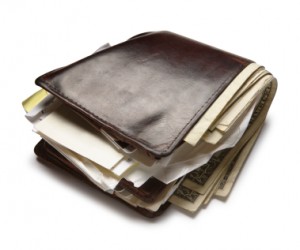 The Oregonian newspaper ran an article today that was titled Data Suggests Consumers are Consuming Again. This piece was partially based on sales from a local RV show that’s been experiencing more than double the sales compared to last year.
The Oregonian newspaper ran an article today that was titled Data Suggests Consumers are Consuming Again. This piece was partially based on sales from a local RV show that’s been experiencing more than double the sales compared to last year.